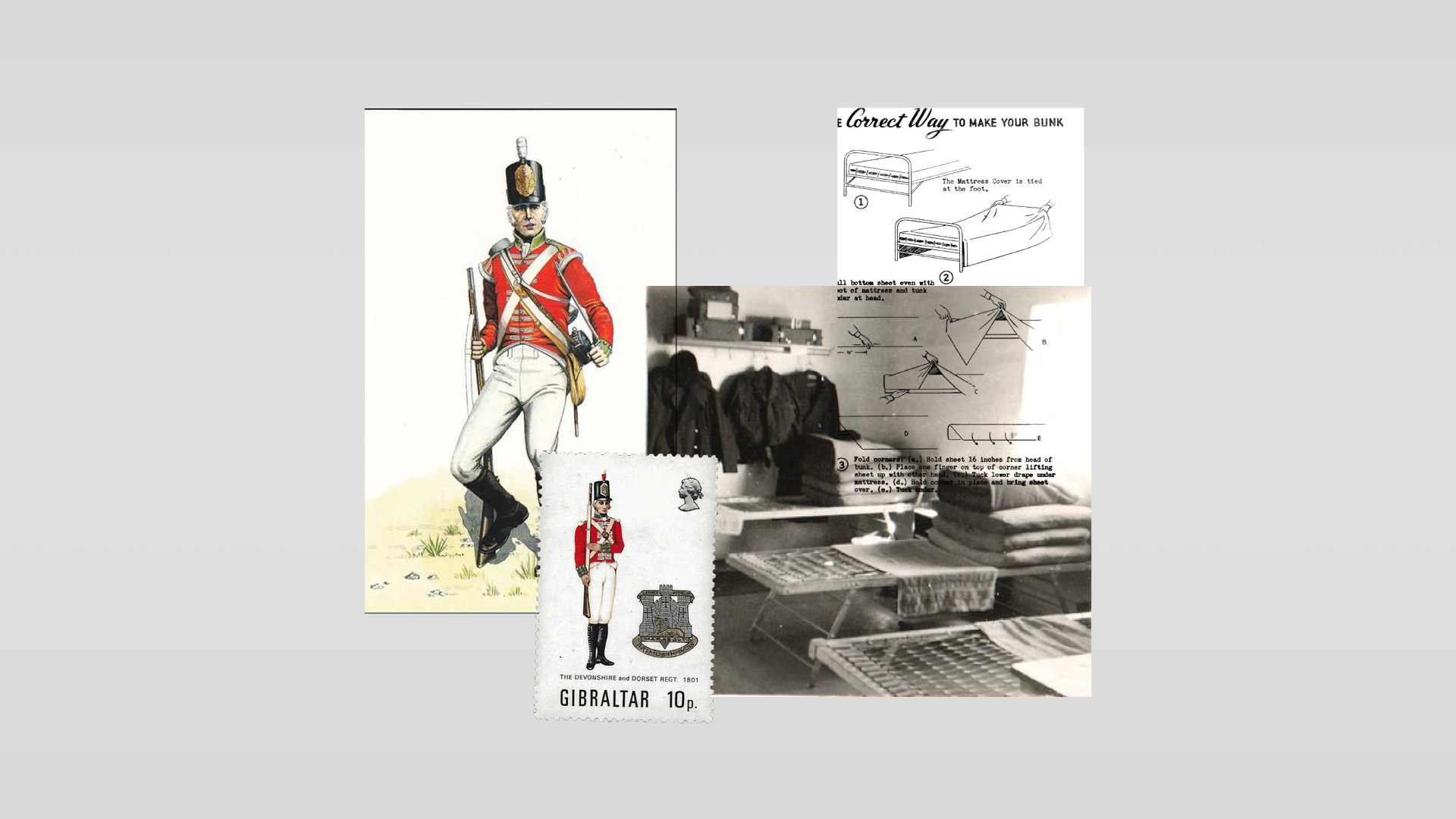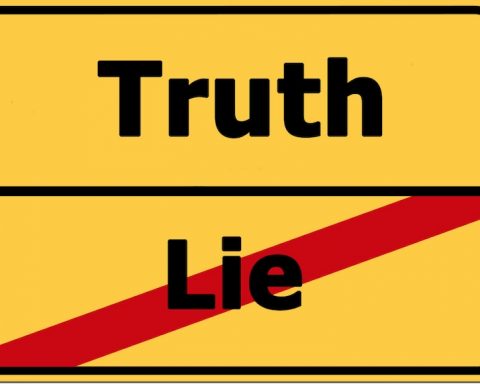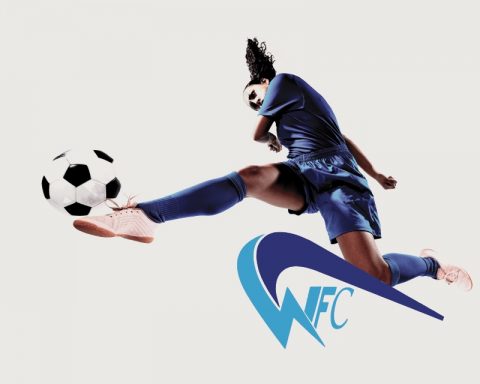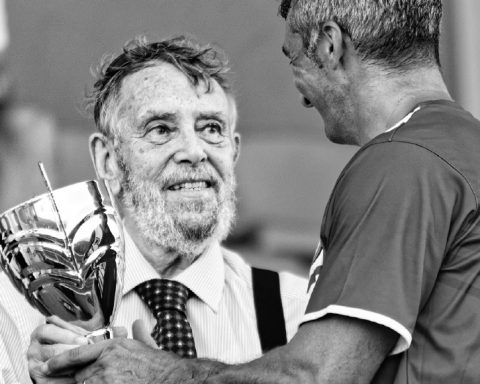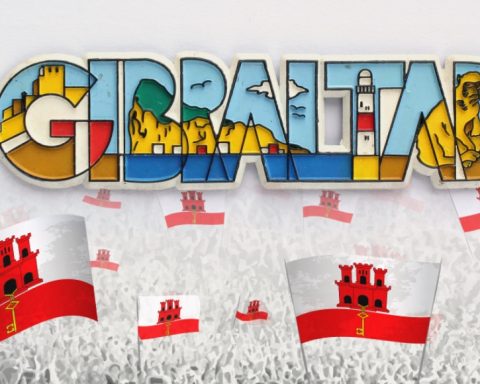Based on
“Standing Orders in the Garrison of Gibraltar 1803”
Most of us of a certain age will remember the ridiculous lengths to which we were made to go in preparing our beds, boots and equipment for inspection to please overzealous, tradition bound officers and NCO’s in the Gibraltar Defence Force, now The Royal Gibraltar Regiment. Many evenings were spent in burnishing our boot toecaps into mirrors and polishing our cap badges, buttons and brasses, only to be criticizes by some little napoleon for having a spot on the webbing, or a blanket not quite folded to the correct thickness.
BUT, if you think this was ridiculous give a thought to our predecessors in the same boat.
In the barracks, each room was approximately 18 x 36 feet and would accommodate nineteen man. Lack of space in some cases made it necessary to provide folding beds. In this area the men would also eat their meals and spend their off duty time when not in town.
Each man would be issued with a straw mattress, a box for his personal articles. Wooden tables, benches, a stove and wood would complete the barrack room. His personal uniform and accoutrements are listed below.
Following are some of the “Standing Orders“ in the Garrison of Gibraltar in 1803 during the Governorship of the Duke of Kent.
Every NCO, Drummer and Private is to rise at latest, at half past three in the Summer months and half past four in the Spring and half past five in the Winter when a long roll is to beat at the front door of every barracks, at which time they are immediately to commence folding up their beds, according to the following mode. The bolster (pillow) laid at the bottom of the flock mattress, which is to be doubled over twice, so as to make it lay in three folds with the bolster in the centre; the sheets, blankets and rug to be once doubled from the length, and then turned together in three folds also, the sheets to be first laid on the bed, the blankets on the sheets and the rug on the blankets; at the same time the berths (area around the bed) or platforms (wooden plank beds) are to be swept perfectly clean.
At the hour established for breakfast, the quartermaster is directed to visit the rooms and see that they are clean, and the beds folded up as ordered for the first morning inspection, and cleaned, the caps of the NCOs and men hung upon the pegs fixed up for the purpose, the accoutrements on the racks, with the bayonet belts, the arms neatly and uniformly upon the racks, with the cocks let down and good flints in them, the name of every man and the number of his arms written on a card and placed on the top of the arms exactly over the owner’s firelock, the greatcoat neatly rolled up, and with the knapsack hung over the berth or platform.
At one and a half hours before the evening gun, the whole, except for the sick, and half of the attendants on them, will parade in open column of Companies with their arms, accoutrements, greatcoats and knapsacks, when the Commanding Officer of Companies are to minutely examine the state and number of every Sergeant’s pike, sword and sword belt; the flintlock, bayonet, ramrod, pouch, pouch belt, bayonet belt, frog (the bayonet scabbard) and sling of every Rank and File; the drums, swords, sword belts and slings of the Drummers; the fifes, fife cases, swords, belts and slings of the Fifers and the hatchets, saws, aprons and slings of the Pioneers; and see that the whole of each man’s arms and accoutrement are marked with the Company’s letter and that the whole set has the same number, that every man has his own, and that none of the marks and numbers are defaced.
DIRECTIONS FOR CUTTING THE HAIR
The top or brush to be cut as close as the scissors can catch it, allowing the comb between that and the head; the under part immediately behind the ear to be left somewhat longer so as, when rubbed up with soap and grease and combed upwards, to look as if it was frizzed after being turned with a small curling iron. The hind hair is to be parted from the brush with a string passed from ear to ear, vertically over the top of the head. Every part of the hair that comes behind the string being combed back so as to go into the queue, that which comes before forming the brush. No whiskers to be allowed of but for Drum Majors and Pioneers, but the beard to be always shaved up to the top of the ear; where the side hair is to be left perfectly square and level with the corner of the eye. No part of the beard below the top of the ear or in the neck to be permitted to grow.
NB. The top hair is to be regularly cut in the first week of every month by one established Hair Dresser.
DRESSING THE HAIR.
In order to prepare the hair to receive the queue, it is first to be moderately thickened with powder and grease, both well combed into the roots; a small pad or cushion covered with black sheepskin and stuffed with bran, about two inches and a half in length and of thickness proportionable to the man’s hair, (known by soldiers as a mouse) is next to be placed inside, above the tie, so as to make it appear full and round, without spreading it too much, and in order to prevent it from splitting; but this is on no account to be placed so high as to touch the head, as that would occasion the queue to stand off from it, or make it bag at the tie, which are the two greatest faults that can be found in any soldier’s head dress. After this, the hair is to be tied exactly level with bottom of the stock and particular care must be taken that the tie sets close to the neck; the top hair is then well rubbed up with soap, flour and grease and combed from the ears straight upwards, so as to have the appearance as if turned by curling irons, the back hair is next to be covered with soap lather, well beat up with flour in a box, until it becomes a stiff paste which is laid on with a small brush (commonly called by House Painter, a Sash Tool), and then regularly and neatly marked with a comb the teeth of which should be about ten to the inch, each mark coming directly down from the crown, where the hind hair is parted off from the top to the tie, after which the whole hair is to be lightly powdered with a thread or cotton puff until it is perfectly white; but not so as to fill up the marks of the comb. When this is done, all loose powder that has not attached itself to the paste where it is directed to be laid on the hind hair is to be blown off so that none may by chance fall on the clothes. The queue which is to be made to receive the whole of the man’s hair and to cover the string with which it is tied, is to be fixed on so that, when the man has his coat on, the queue may be even with the lower row of lace on the collar, and lastly the flash is to be fixed on so as to cover the top of the queue.
FOR THE UNDRESS
The hair is to be done according to the foregoing directions, except that the soap, lather and powder are to be altogether omitted and no part to show at all white; the marks of the comb which is used for combing the hair, to be left without being smoothed down, although the marking comb is not to be used
The Duke of Kent preserved hair powder and queues for those under his command until much later, even though the practice had been abolished in 1808. As Governor of Gibraltar, he issued a series of orders that-
” The first person who boarded every ship coming into the harbour was his Royal Highness’s hairdresser, and no officer was allowed to land until he had submitted his head to be operated on by this functionary. On the top it was to be cut into a horseshoe form; a string put round the ear and held in the mouth decided the termination of the whiskers”

